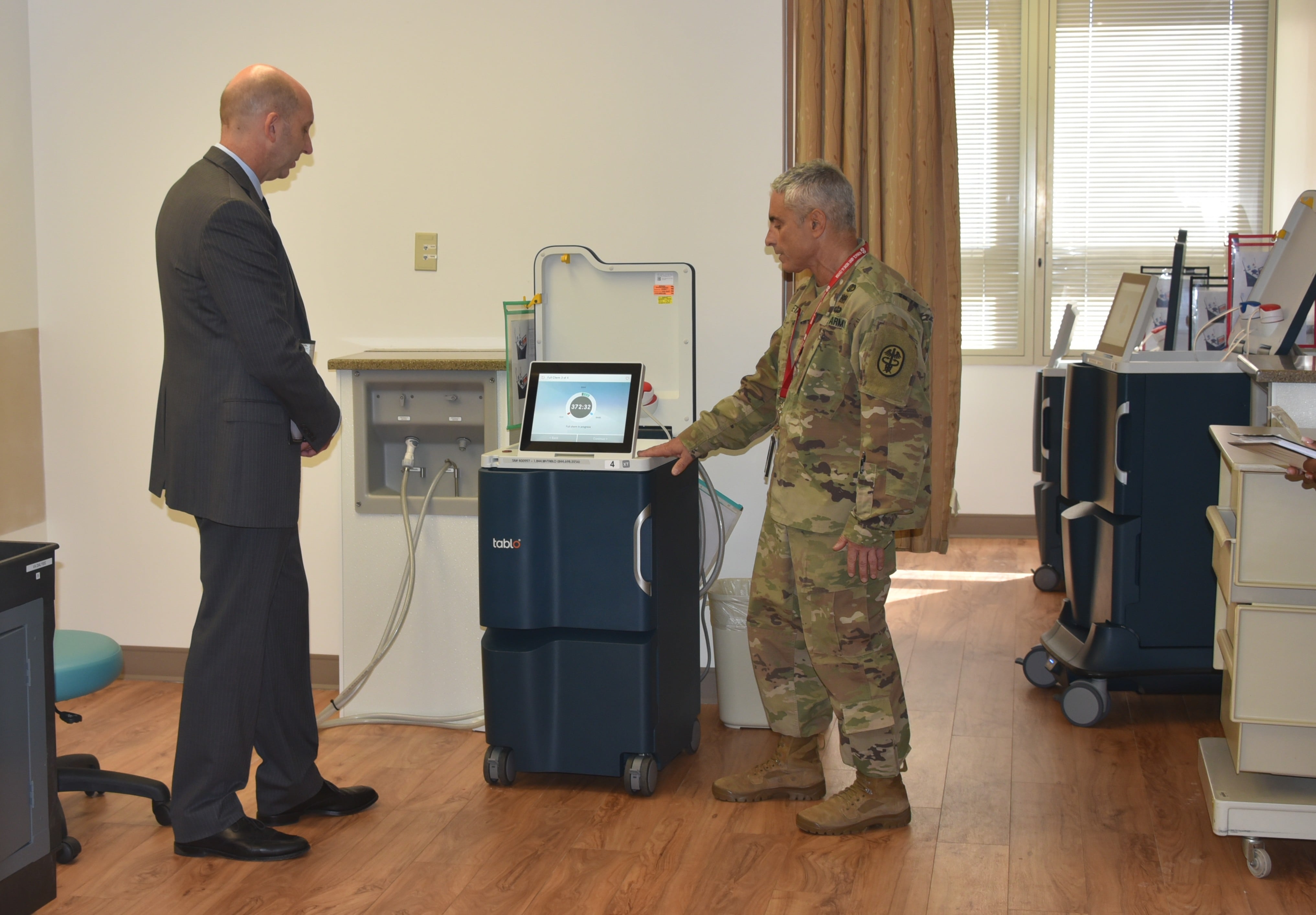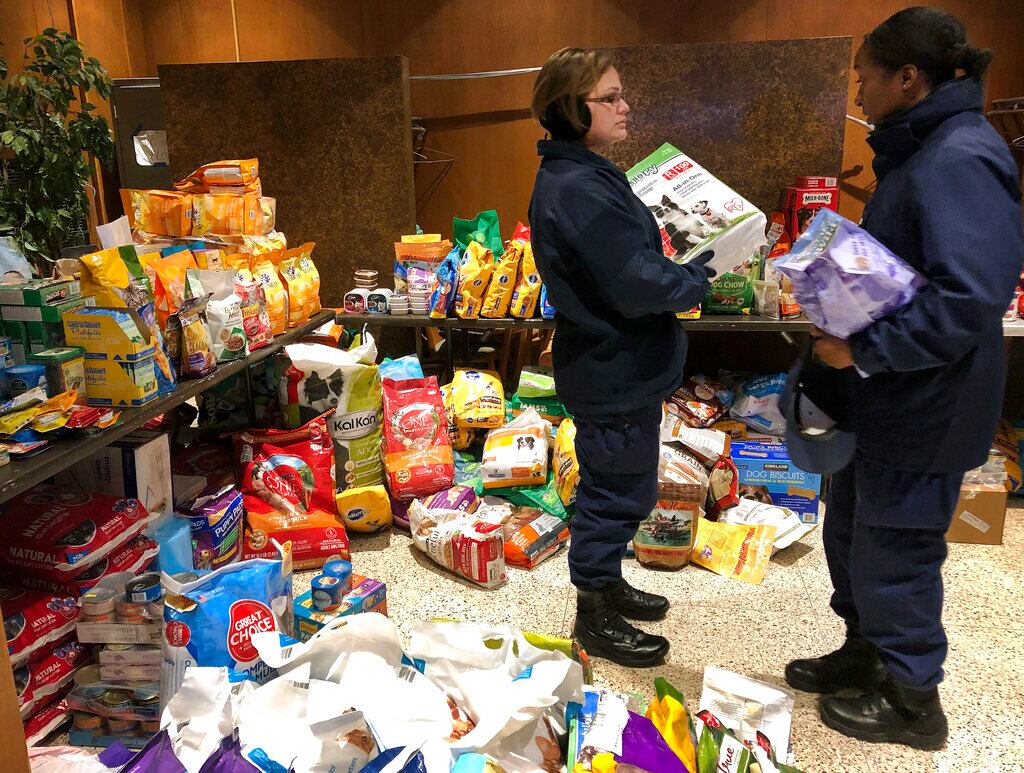Facing a rising Russia and only two weeks after becoming operational, the U.S. 2nd Fleet is leading a multinational armada during war games in Northern Europe.
Helmed by Vice Adm. Andrew “Woody” Lewis, the reborn 2nd Fleet is doing what its previous Cold War command did, too — running BALTOPS, which started last week and wraps up on June 21.
A shortened form of “Baltic Operations,” the annual exercise has been held since 1971 and it’s designed to serve as both a show of force on Russia’s doorstep while rehearsing maritime interdiction, gunnery, anti-submarine warfare, minesweeping and other skills, some needed during humanitarian crises, others during battle on the high seas.
Lewis and his deputy commander for the exercise, British Rear Adm. Andrew Burns, wield a force of 8,600 personnel from 18 nations on board 50 ships and two submarines, with 36 aircraft in the skies above them.
Lewis told Navy Times in an early Monday call from his flagship Mount Whitney, which was underway in the Baltic Sea, that his Norfolk -based 2nd Fleet isn’t like its predecessors in “1985 or even 2010,” which makes this BALTOPS a little different.
RELATED
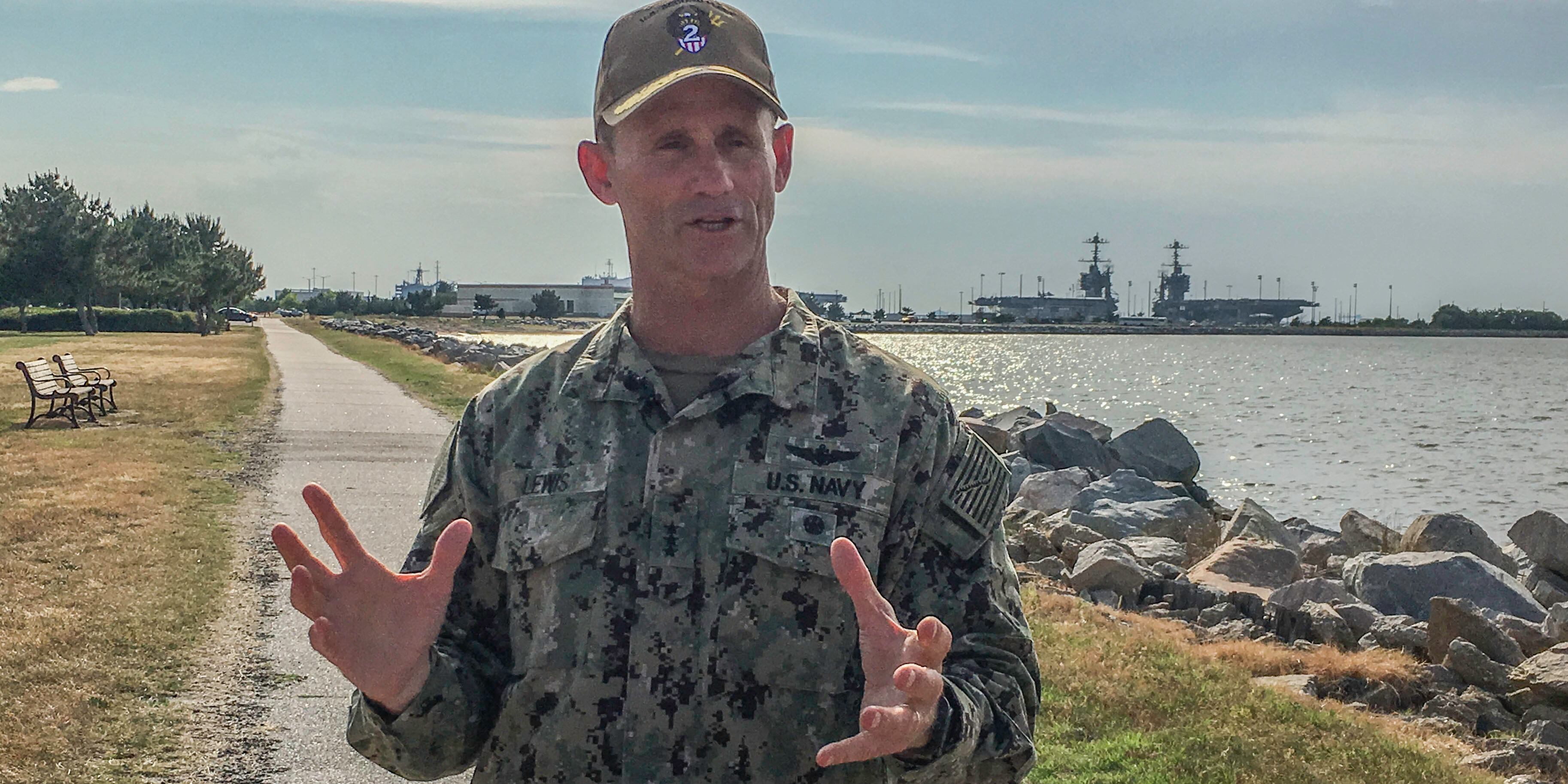
Although it evolved from the “striking arm of the Atlantic Fleet” to a post-Cold War organization with primary mission to “train carrier strike groups” to deploy to “5th and 6th Fleets”, 2nd Fleet always had defined lists of missions and definite geographic boundaries demarcating where its oversight ended and the European and Middle Eastern commands picked up.
Lewis said that now his only boundaries are the operational limits placed by his superiors on any effort 2nd Fleet is conducting.
During BALTOPS, his boss is Adm. James G. Foggo III, who commands NATO forces and all U.S. personnel in Europe and Africa. But his next commander might be Adm. Christopher G. Grady of Fleet Forces Command, depending on the mission 2nd Fleet is assigned.
Much like the California-based 3rd Fleet, Lewis is showcasing the ability of his command to operate forward, in the Baltic Sea or wherever else it’s ordered to go.
“And we went into this with an eye toward interoperability," Lewis said. “Being able to communicate with all these different countries, just on the basics.”
Lewis told Navy Times that during BALTOPS the many nations are “making good progress” towards that.
Ultimately, he wants the U.S. Navy and its allies and partners in the region to fully integrate their forces, just as American carrier strike or amphibious ready groups come together for a deployment.
That, he said, “gets us to a much more powerful capability and much more capable force."
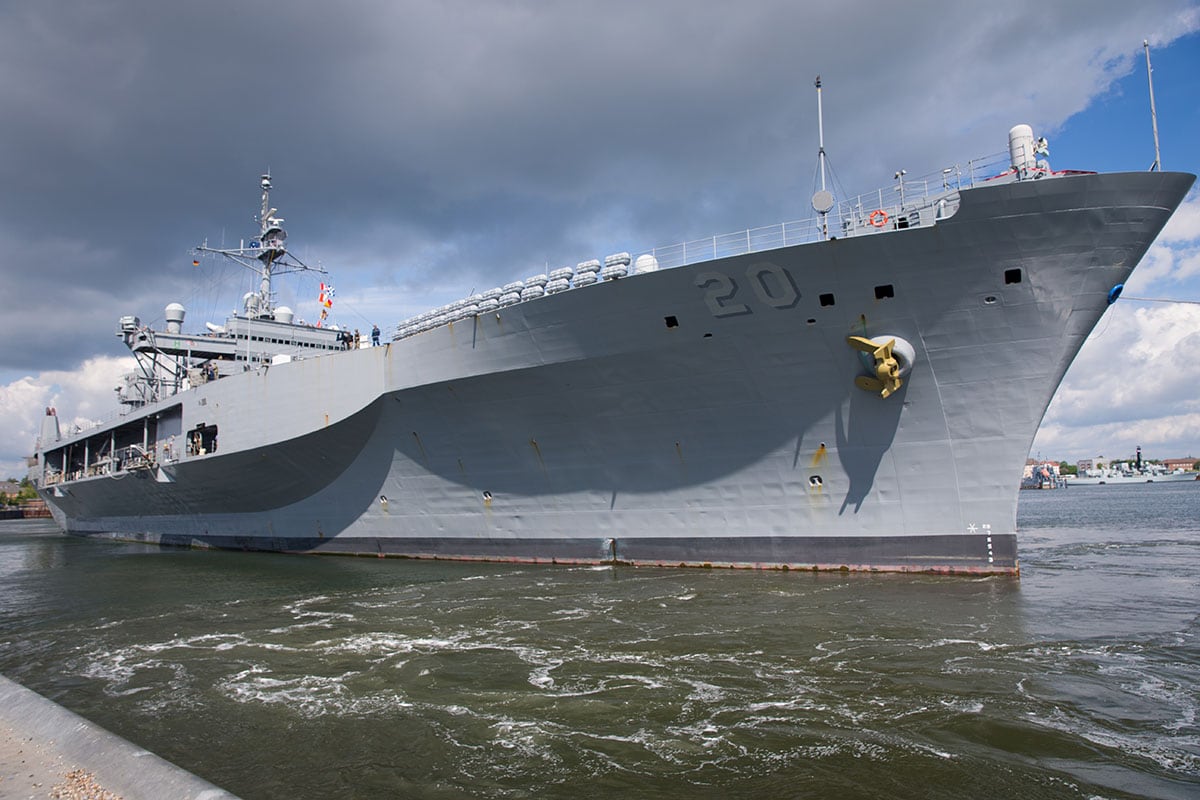
For BALTOPS, the 50 vessels are split into two task groups, each led by a large deck amphibious ship.
One is Juan Carlos I, the first in its class of Spanish assault ship-aircraft carriers capable of fielding AV-8B Harrier II jets, F-35B Lightning II Joint Strike Fighters, heavy helicopters and tiltrotor aircraft such as the V-22 Osprey.
Lewis compared it to the U.S. Navy’s Wasp-class warships.
The other is the British amphibious transport dock Albion, a vessel that also was the first in its class. Designed to thrust troops — usually Royal Marines and vehicles as large as Challenger 2 main battle tanks — onto shore, it boasts both landing craft and helicopters.
It resembles a San Antonio-class landing platform dock ship.
Lewis said that the types of complex amphibious operations these warships are exercising haven’t been fully used at BALTOPS in more than a decade.
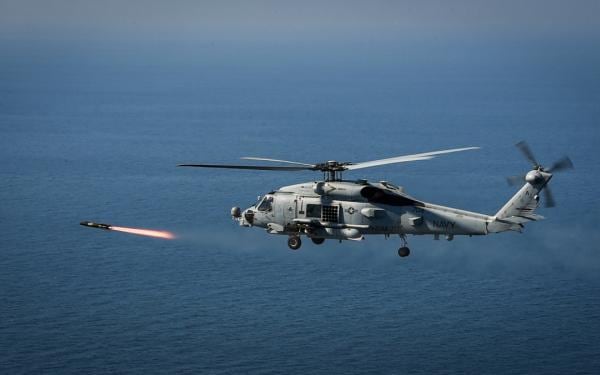
For Burns and his Brits, BALTOPS is the perfect place to practice the sorts of operations that will be expected when London’s two new aircraft carriers, the Queen Elizabeth and Prince of Wales, reach full operational capability.
“The scale of this exercise gives us the opportunity to exercise command and control at the task force level,” Burns told Navy Times. “For us in the Royal Navy, we’re learning things that will help us as the Royal Navy becomes more focused on task group-centric operations, particularly with our new aircraft carriers.”
Burns described his job as being the Royal Navy’s "seagoing admiral.” That’s why, like Lewis, he has a staff that he can embark anywhere he needs to command and control his warships.
And it’s also why he’s enjoying the front row seat he and his staffers have on board the “Voice of the Sea,” the U.S. 6th Fleet’s command ship Mount Whitney.
Burns said that this year’s BALTOPS is unlike any other exercise he’s seen because it assembled an “invaluable” international coalition and admirals “rarely get this amount of expertise and experience in the same flagship at the same time."
Lewis said that he and his staff also are learning from the allies and partners who “live and operate here all the time.”
To both Lewis and Burns, this BALTOPS has showcased strong ties between all the forces as they unite to demonstrate freedom of operations in the Atlantic Ocean and adjacent waterways.
And that, Burns said, is something both he and Lewis want to “see perpetuated beyond the end of this exercise.“
Mark D. Faram is a former reporter for Navy Times. He was a senior writer covering personnel, cultural and historical issues. A nine-year active duty Navy veteran, Faram served from 1978 to 1987 as a Navy Diver and photographer.




